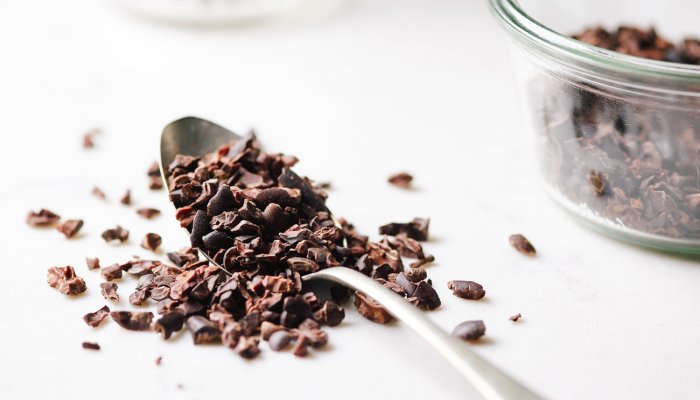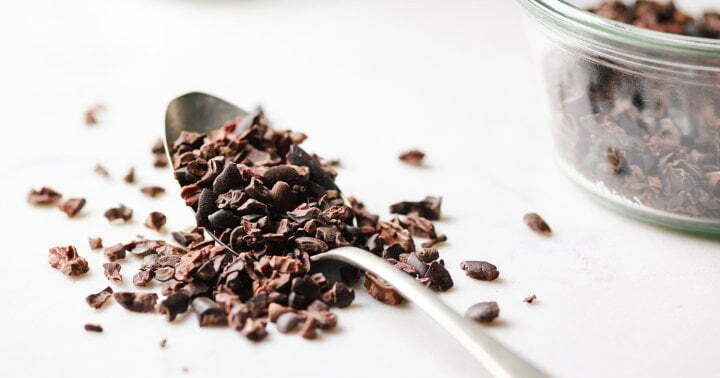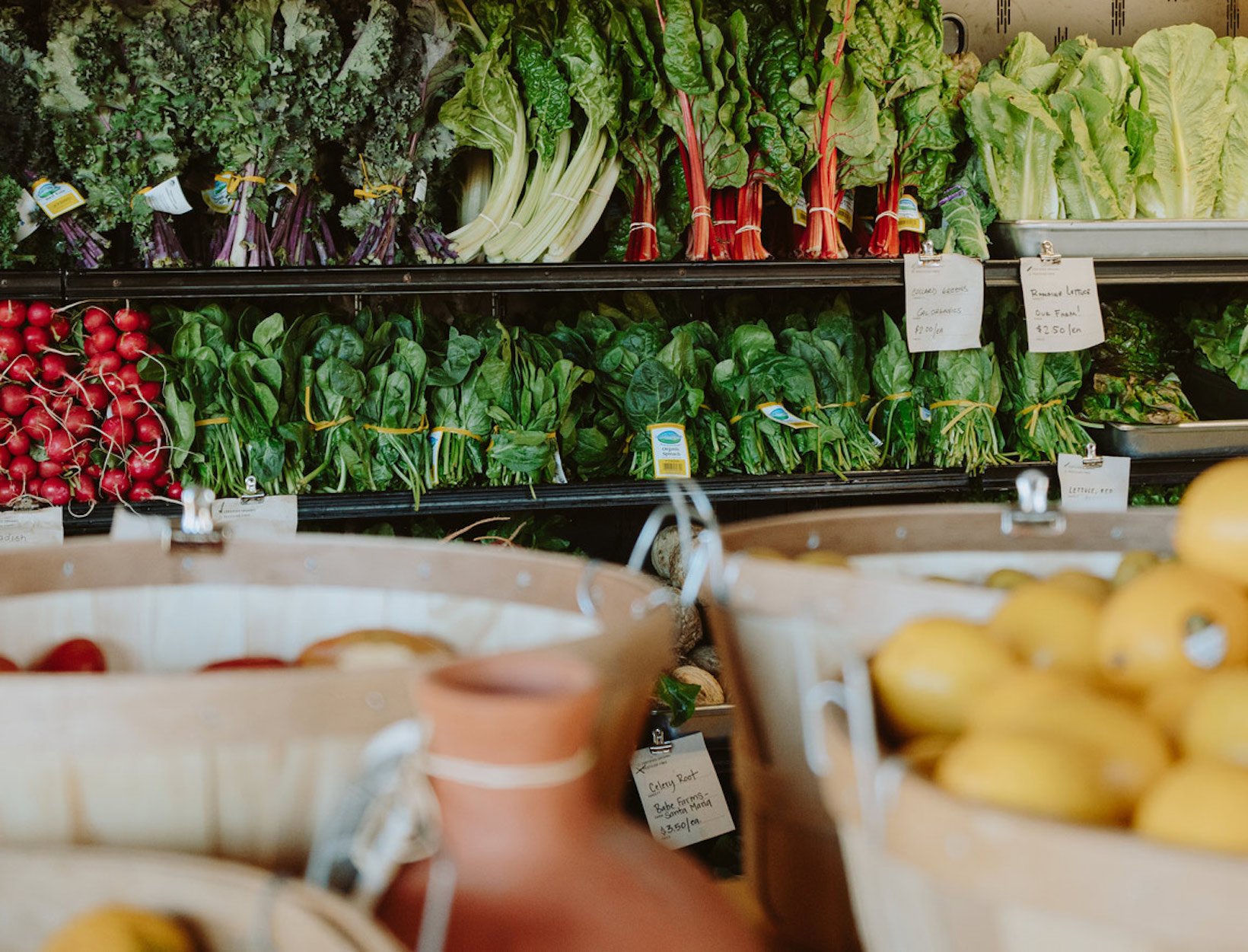The Plant Food This MD Swears By For Blood Sugar Balance, Brain Health & More

As mentioned in my book The Plant Paradox, plants use their polyphenols to protect their mitochondria from damage, particularly from sunlight. Notice the parallels here: plants need sunlight in order for their mitochondria to produce energy; humans need oxygen for the same purpose—yet both sunlight and oxygen are damaging to these organelles.
So, how do plants mitigate this damage? By producing “sunscreens” (aka their polyphenols). And fun fact: the polyphenol content of a plant’s leaves are usually much higher than the fruit.
Beyond their role in protecting plants, polyphenols also act as prebiotics—the compounds that encourage the growth of the good bacteria that live in your microbiome. There, they are consumed by those bacteria, then transformed into active postbiotic compounds.
You’ve likely been told, time and time again, that polyphenols have healthy-aging effects by way of fighting the free radicals that come from smoke, air pollution, and excess alcohol consumption. You may have also heard that they can encourage your blood vessels to remain flexible, keeping your blood pressure in a healthy range and reducing inflammation. And, of course, who can forget all the stories about how polyphenols control blood sugar levels and modulate insulin release? I haven’t even gotten to the claims that polyphenols protect against Alzheimer’s, cognitive decline, and neurological inflammation—nor that it prevents damage to cells. That’s quite a list, no?
In my experience, the tales are all true. Polyphenols are behind this list of “magical” benefits, but they don’t have much do with polyphenols acting as antioxidants.
This article was originally published by mindbodygreen.com. Read the original article here.





Your comment is awaiting moderation.
Enjoyed reading this, very good stuff, appreciate it.